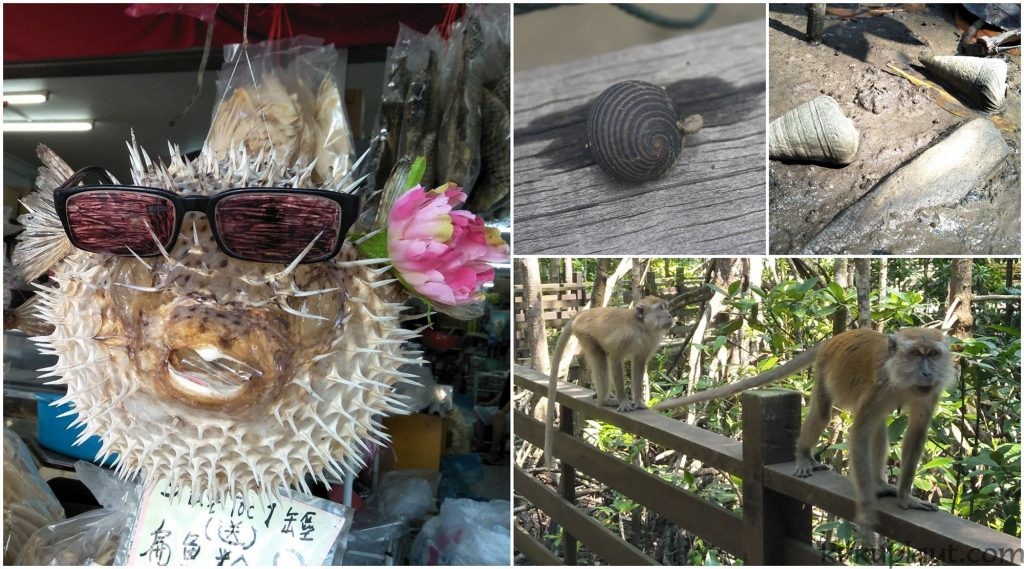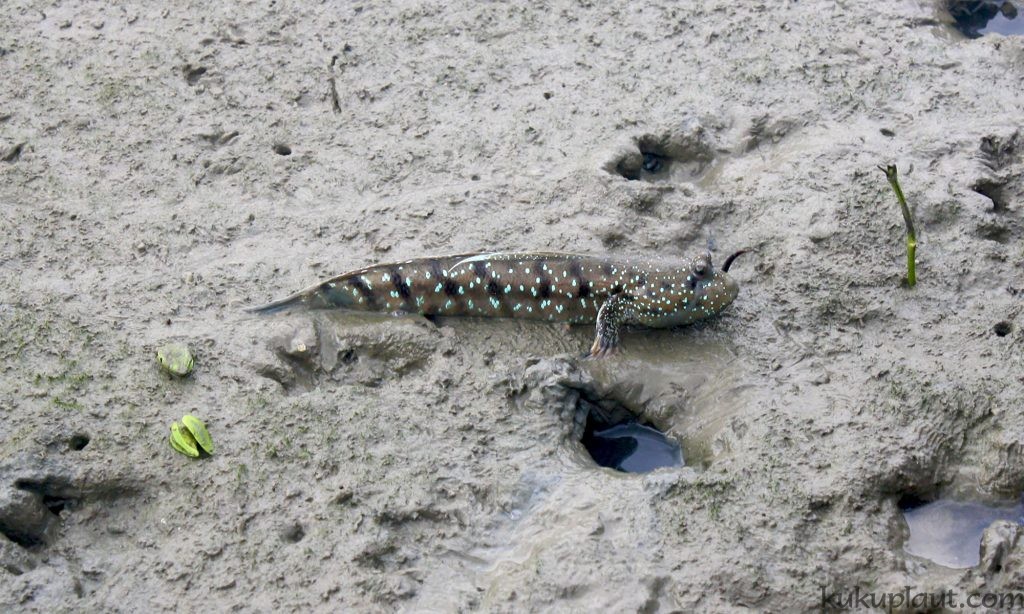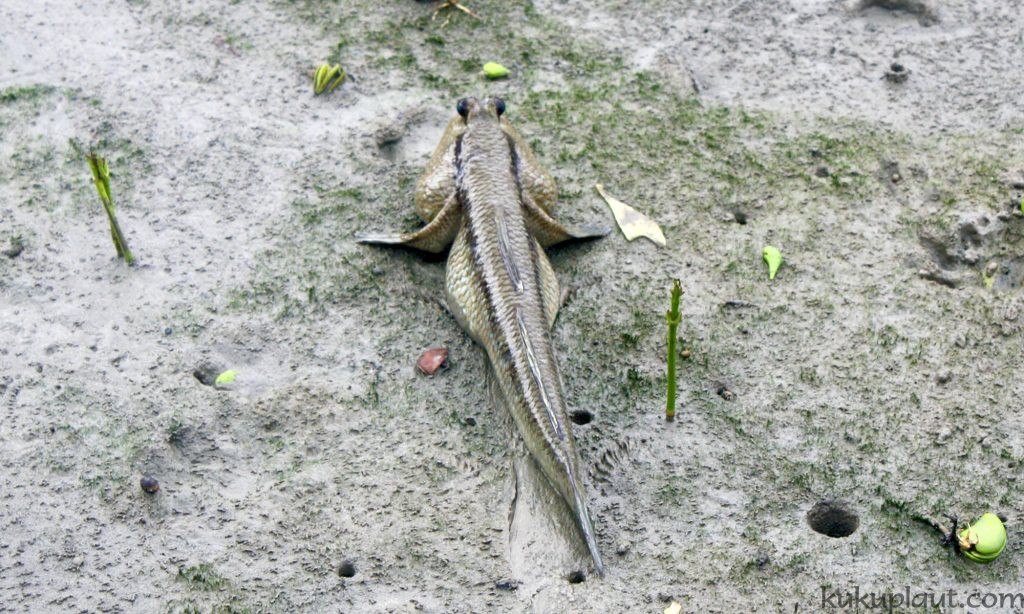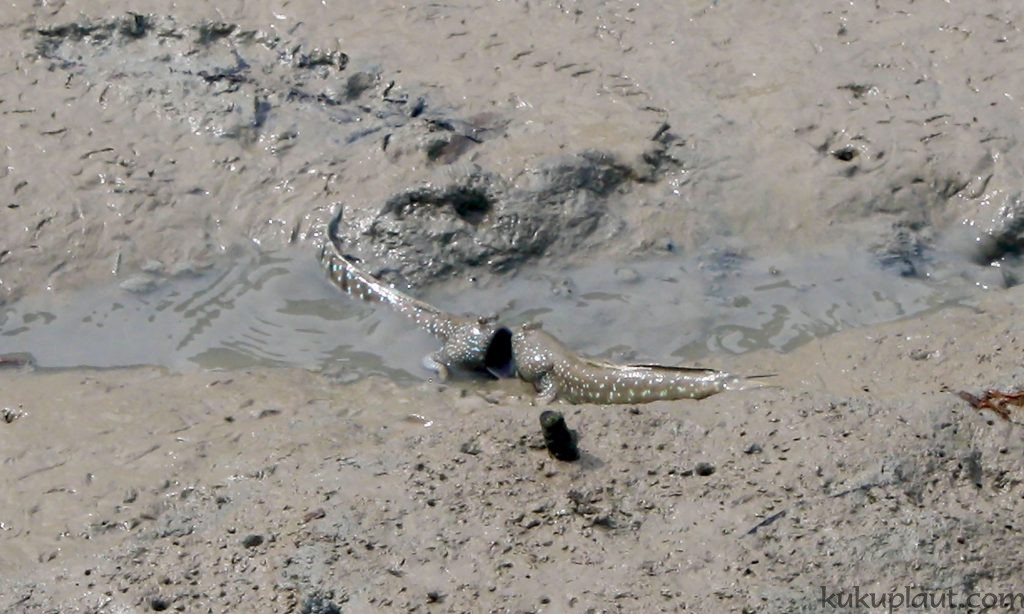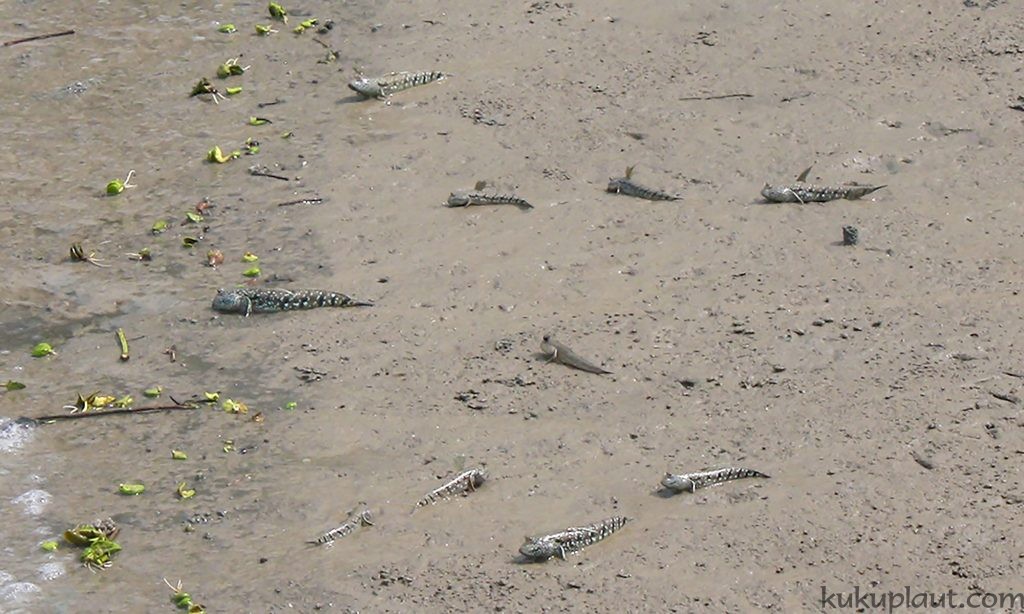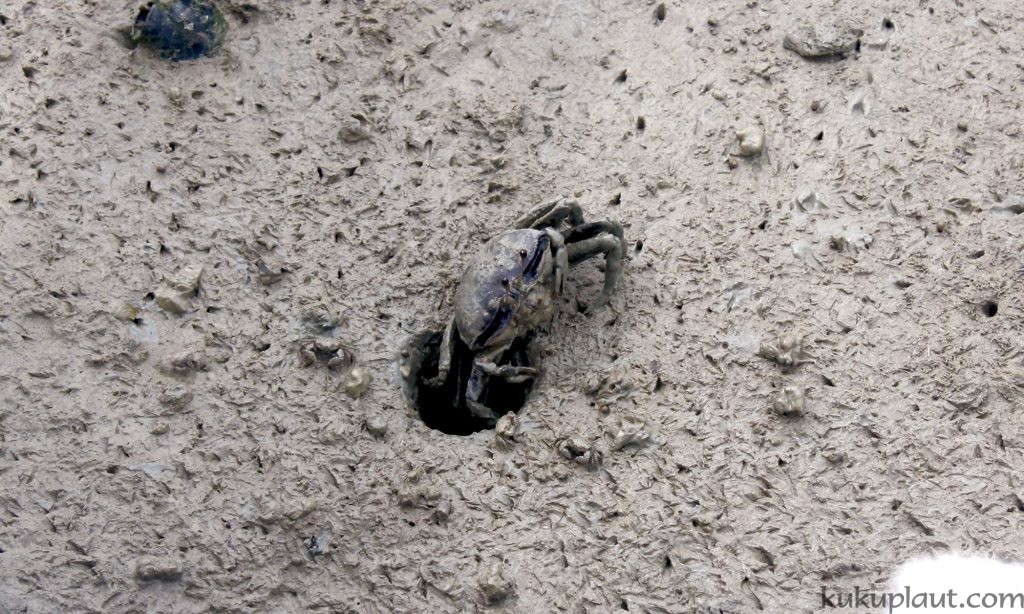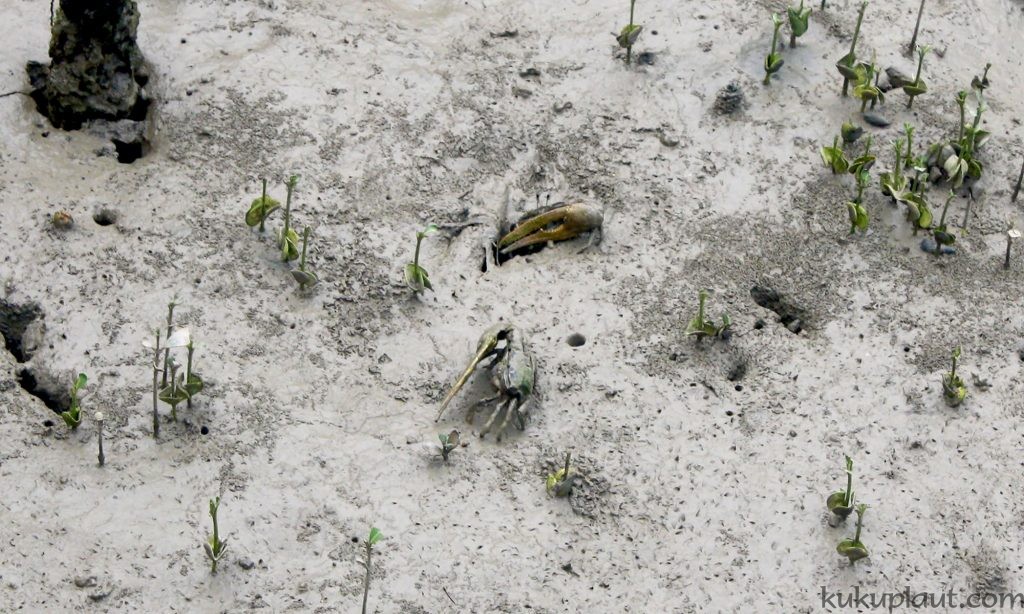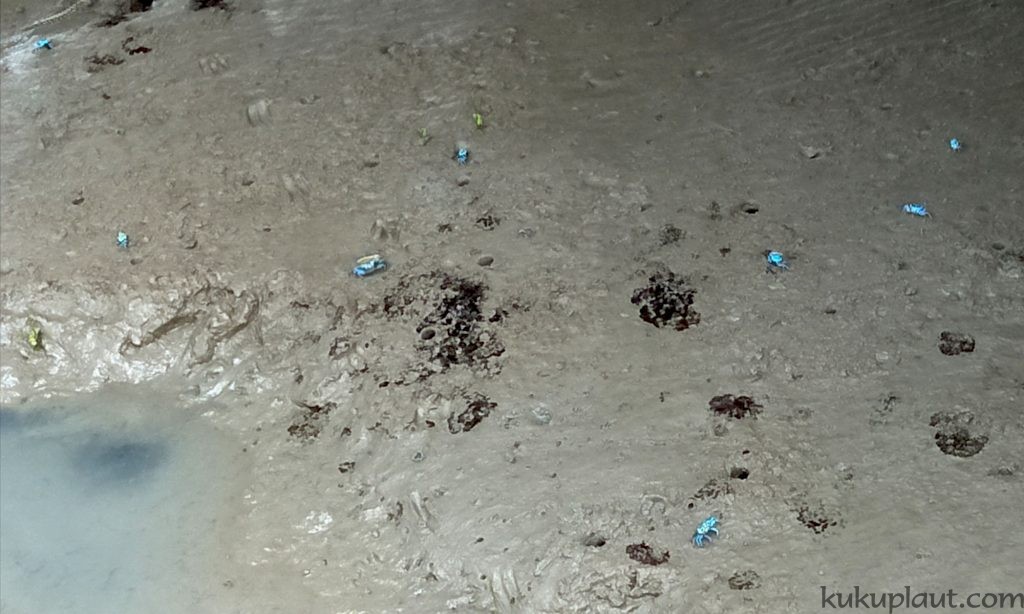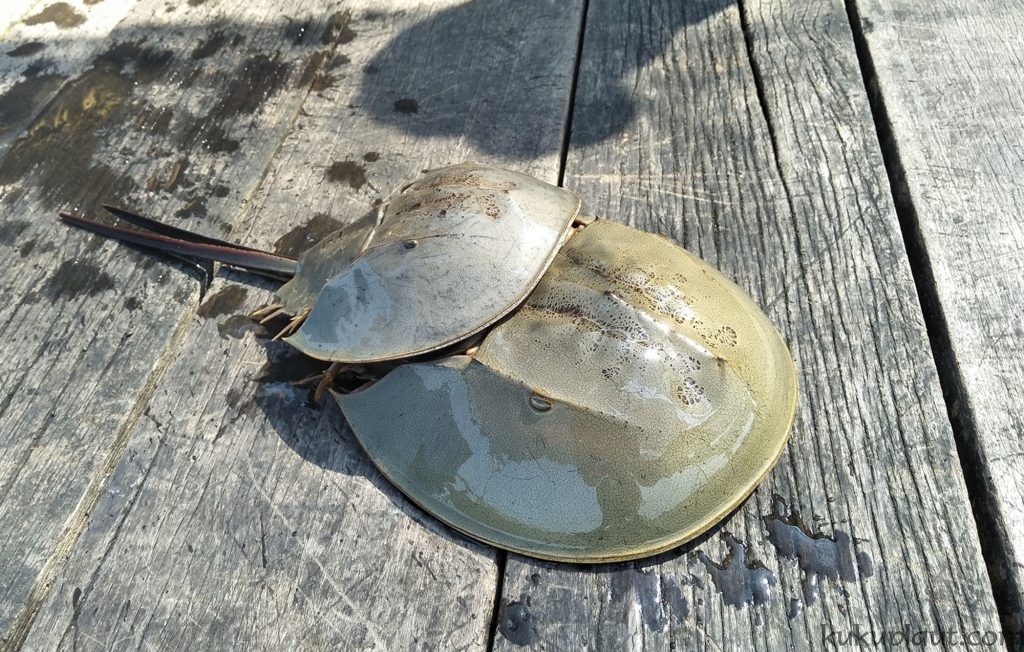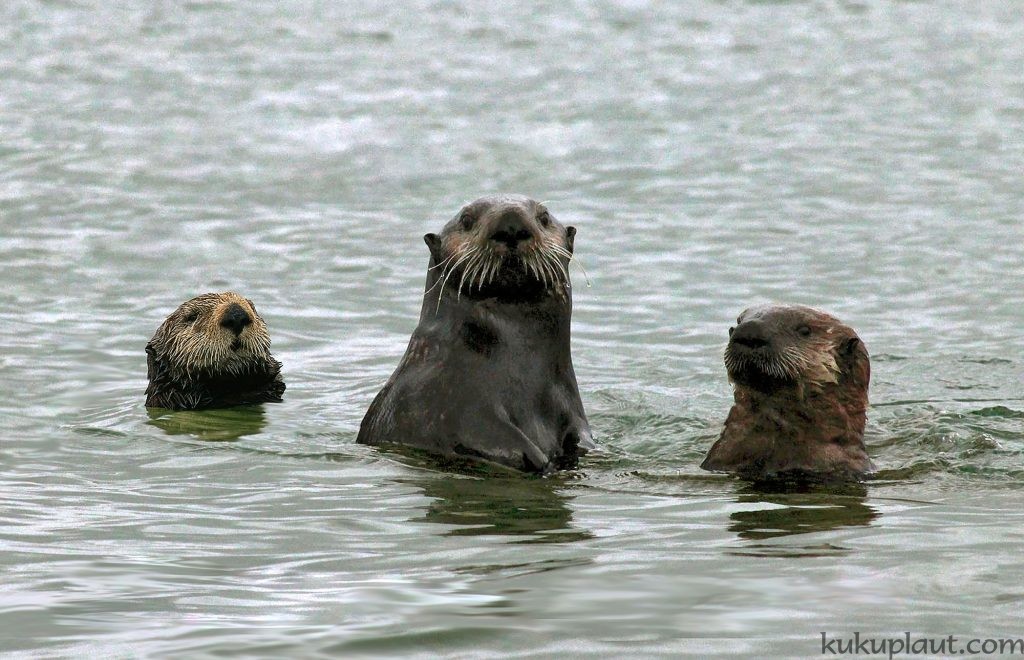Wildlife in Kukup
Wildlife in Kukup enriches the natural ecology. Kukup is home to a few unique animal paradises in Southern Malaysia. It is one of the most suitable tourist attractions for parents and children alike and most welcome for families to visit!
Kukup welcomes you to breathe in the fresh air and say hello to the small crabs and mudskippers that pop up from time to time. Enjoy the slow-paced lifestyle and be immersed in a pleasant and natural environment.
Mudskipper
During the low tide in Kukup, you can often see mudskippers on the muddy area. They like to dig around the mud, bask in the sun and fight with other mudskippers.
The mudskippers are unique as they can survive above water. They use the utilize their gills, skin and tail to help with their breathing above the water.
The mudskippers spend most of their time above water. As long as their body is moist, they can be exposed above water for long periods of time. At low tide, they look around the mud for food or climb on rocks and bask in the sunlight. They rely on their fins to move around above water.
Small Crab
At low tide, the small crabs become active on the muddy areas. The mudskippers climb out of their small burrows and they skillfully make a small mud ball.
The crabs will position the mud ball at the entrance of their small burrow. Before the high tide, they will return to their burrows and fill the entrance of the hole with the mud ball. The size of the mud ball will fit into the hole nicely so that during the high tide, it will not be washed away or fall into the hole.
This demonstration shows the survival instinct of the animals in nature.
Horseshoe Crab
The horseshoe crab is one of the oldest prehistoric animals alive today. Although they are known as horseshoe crab, it is not actually a crab but related to scorpions and spiders.
They are originated to about 400 million years ago and for this reason, they are known as “living fossils”. They still maintain its original and ancient appearance. Furthermore, its blood is blue in color.
In China, the horseshoe crab is known for its high medicinal properties.
Kukup’s local method for eating the horseshoe crab is to extract their eggs and cook them. Some of the elders in the village may barbecue the whole horseshoe crab. However, according to search in the medical community in various countries, eating the horseshoe crab is extremely harmful. This is because the horseshoe crab may contain Tetrodotoxin [1].
Horseshoe crabs usually mate for life. The adult horseshoe crabs are always in pairs and the male crab is always in the back of the female crab. If you happen to spot the horseshoe crabs, it will definitely be a pair and they are inseparable.
Telescope snail
A fully-grown telescope snail is about 10cm in length, the shell is long and has many layers. The shell is conical, and the opening is small. The shell of the telescope snail is actually dark brown, but as it is often covered in mud, the colour of the telescope snail in Kukup is same as the mud.
If you do not look carefully, they look a lot like fossils. But spend some time to observe and you can see the movement of the snails.
Otter
Otters have long whiskers and look cute, but in fact, they are actually quite fierce. Otters are adapted in swimming and diving. They also possess an acute sense of hearing, sight and smell. As fish is their main source of food, they are commonly found in swamp areas and other areas which fish can be found in abundance. Moreover, they like to hunt in groups.
In Kukup, wherever there is a family of otters, you will definitely hear their sharp cries. As a result, it is impossible to not know about their presence.


